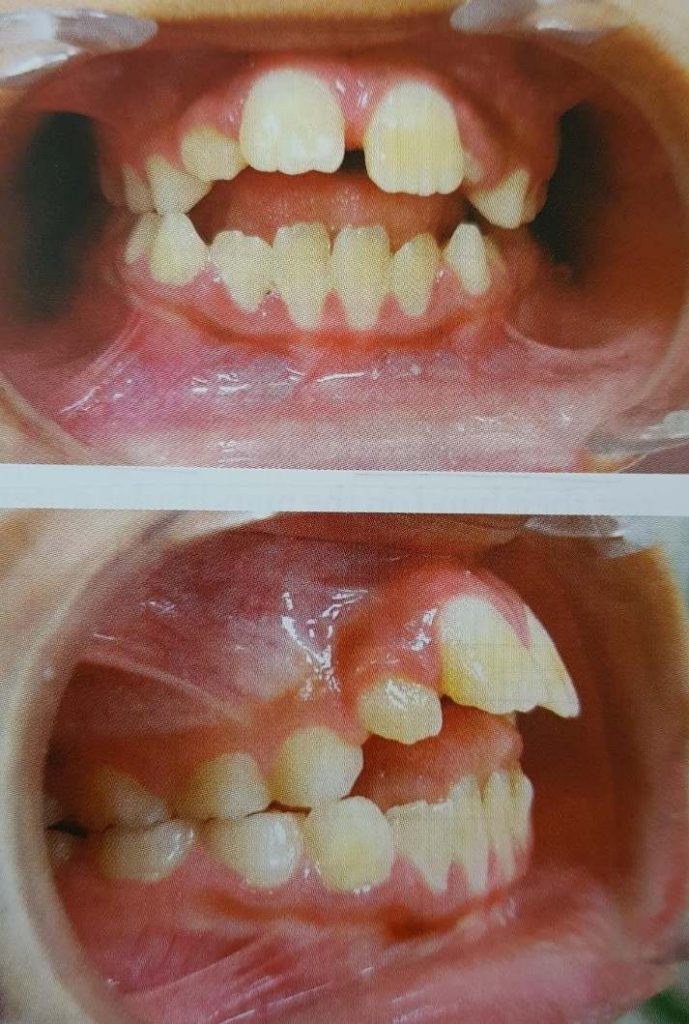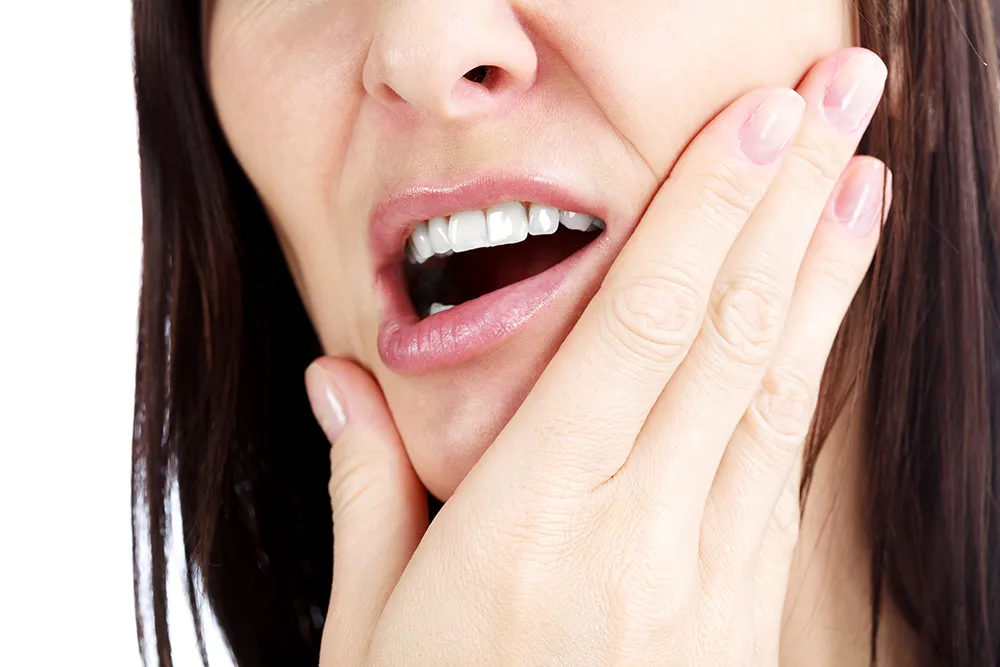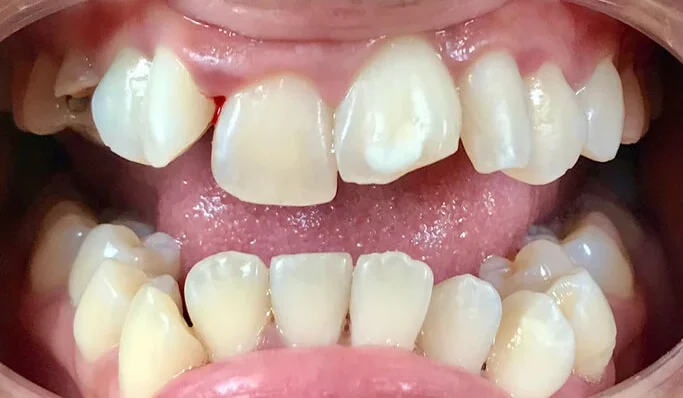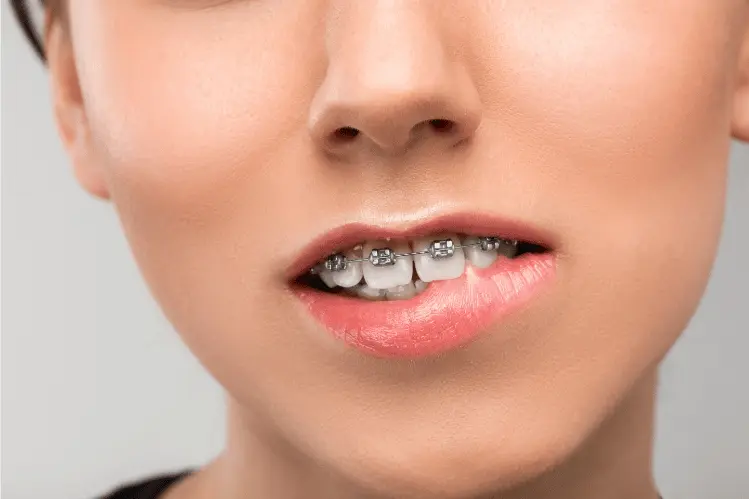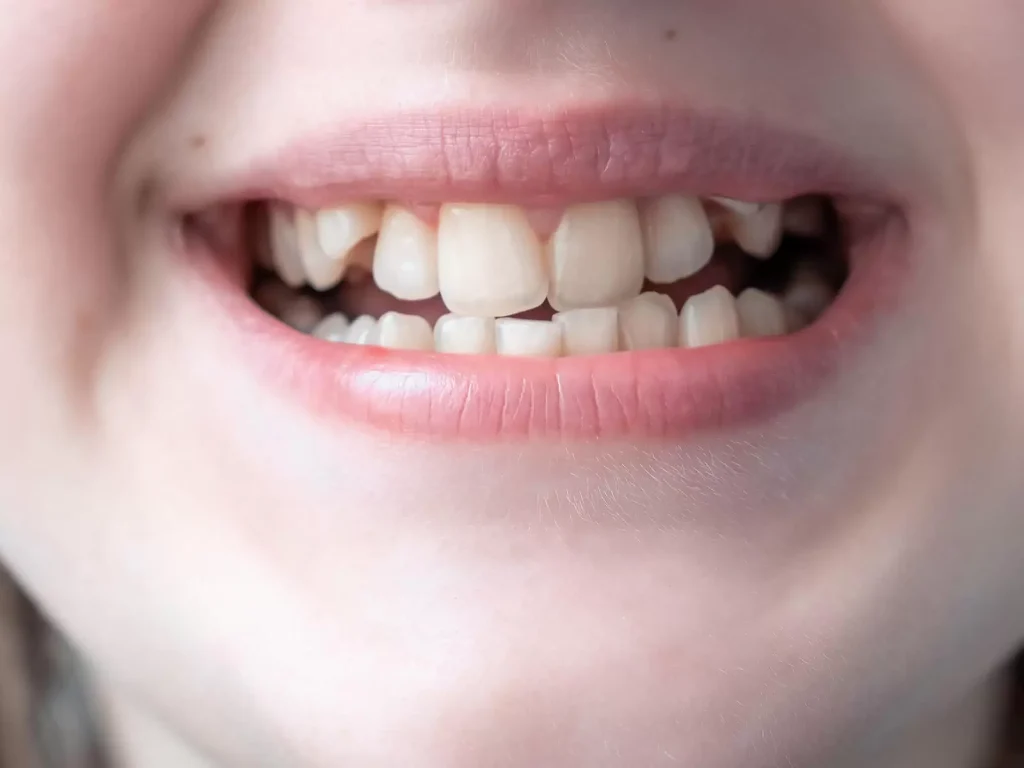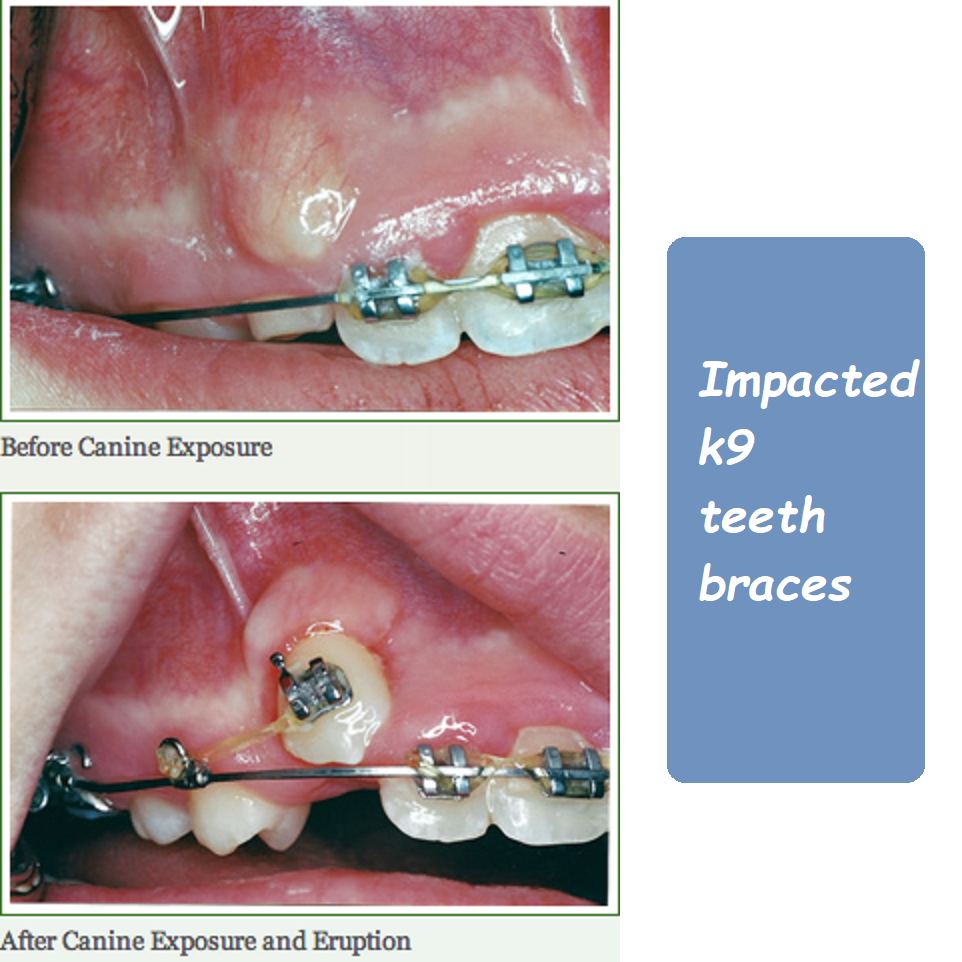Braces springs for overbite
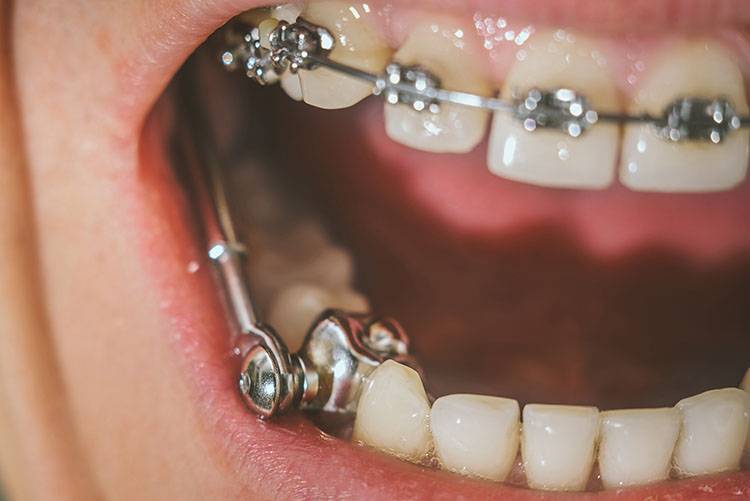
Braces Springs for Overbite: How They Work, Benefits, and What to Expect
Correcting an overbite is a common goal in orthodontic treatment, and braces are one of the most effective ways to achieve this. While traditional braces and elastics are often used to correct overbites, some cases require additional tools, such as braces springs, to achieve the desired results. Braces springs, particularly those designed for overbite correction, are crucial in aligning the teeth and jaws for a healthier and more functional bite.
In this comprehensive guide, we’ll explore everything you need to know about braces springs for overbite correction, including how they work, their benefits, potential challenges, and what to expect during treatment.
Understanding Overbites and Why They Need Correction
Before diving into the specifics of braces springs, it’s important to understand what an overbite is and why it’s essential to correct it.
What Is an Overbite?
An overbite, also known as a deep bite, is a dental condition where the upper front teeth overlap significantly with the lower front teeth. In a normal bite, the upper teeth should slightly overlap the lower teeth, but when the overlap is too large, it’s considered an overbite.
Types of Overbites
There are two main types of overbites:
- Skeletal Overbite: This occurs when the jawbones are not aligned properly. The upper jaw may be too large or positioned too far forward, or the lower jaw may be too small or positioned too far back.
- Dental Overbite: This type of overbite is caused by the positioning of the teeth rather than the jawbones. It occurs when the upper teeth are angled too far forward, or the lower teeth are angled too far backward.
Why Is It Important to Correct an Overbite?
Correcting an overbite is important for several reasons:
- Improved Functionality: A severe overbite can affect your ability to bite, chew, and speak properly. Correcting it can improve your overall oral function.
- Aesthetic Benefits: Overbites can impact the appearance of your smile and facial profile. Treatment can enhance your smile and boost your confidence.
- Preventing Dental Problems: An untreated overbite can lead to excessive wear on the teeth, gum issues, jaw pain, and even temporomandibular joint (TMJ) disorders.
- Protecting Overall Oral Health: By correcting an overbite, you reduce the risk of future dental problems and maintain better oral health.
What Are Braces Springs, and How Do They Work?
Braces springs, also known as orthodontic springs or coil springs, are devices used in conjunction with braces to apply continuous force to the teeth and jaw, helping to correct misalignments such as overbites. These springs are typically made of stainless steel and are attached to the braces wires or brackets.
Types of Braces Springs Used for Overbite Correction
There are several types of braces springs that may be used to correct an overbite, depending on the specific needs of the patient.
1. Coil Springs
Coil springs are commonly used in orthodontic treatment to create or maintain space between teeth, as well as to move teeth into their proper position. They are placed along the archwire of the braces and exert a gentle, continuous force on the teeth.
- Open Coil Springs: These springs are used to push teeth apart, creating space for teeth that are crowded or to correct overlapping.
- Closed Coil Springs: These springs are used to pull teeth together or to maintain the space that has already been created.
2. Forsus Springs
Forsus springs, also known as Forsus Fatigue Resistant Devices, are commonly used to correct overbites, especially in growing patients. These springs are attached to the braces and apply a continuous force that gradually moves the upper teeth backward and the lower teeth forward, helping to correct the overbite.
- Design: Forsus springs consist of a spring mechanism attached to the upper molar bands and the lower archwire, exerting pressure that encourages proper jaw alignment.
- Function: Forsus springs are particularly effective in treating Class II malocclusions (overbites) by adjusting the position of the jaws and teeth simultaneously.
3. Twin Block Springs
Twin block springs are often used in conjunction with removable appliances known as twin block braces. These springs help to move the lower jaw forward while controlling the position of the upper jaw, making them effective for overbite correction.
- Design: Twin block braces consist of two separate blocks, one for the upper jaw and one for the lower jaw. Springs are attached to these blocks to guide the movement of the jaws.
- Function: Twin block springs are effective in treating skeletal overbites by encouraging the forward growth of the lower jaw while controlling the position of the upper jaw.
4. Herbst Appliance
While not a spring, the Herbst appliance functions similarly to springs in its ability to correct overbites by positioning the lower jaw forward. It’s a fixed appliance that is attached to the molars and connected to the lower jaw, applying continuous pressure to guide jaw alignment.
- Design: The Herbst appliance uses metal arms and tubes to connect the upper and lower jaws, exerting pressure that encourages forward growth of the lower jaw.
- Function: The Herbst appliance is particularly effective for treating skeletal overbites in growing patients by correcting the alignment of the jaws.
How Do Braces Springs Correct Overbites?
Braces springs work by applying a continuous and controlled force to the teeth and jaw, gradually moving them into the desired position. When used for overbite correction, these springs help to reposition the upper and lower teeth and, in some cases, the jaw itself, to achieve a more balanced and functional bite.
- Moving Teeth: The springs apply pressure that moves the upper teeth backward and/or the lower teeth forward, reducing the overlap between the upper and lower teeth.
- Jaw Alignment: In cases where the overbite is caused by jaw misalignment, springs like the Forsus spring or twin block springs help guide the growth and positioning of the jaws, correcting the skeletal overbite.
- Continuous Pressure: Unlike elastics, which need to be replaced regularly, braces springs provide continuous pressure, making them more efficient for certain types of overbite correction.
Benefits of Using Braces Springs for Overbite Correction
Using braces springs for overbite correction offers several benefits, making them an effective tool in orthodontic treatment.
1. Efficient Correction
Braces springs provide continuous pressure, which can result in faster and more efficient correction of overbites compared to other methods like elastics alone.
2. Simultaneous Treatment
Springs like the Forsus spring and twin block springs allow for simultaneous correction of both dental and skeletal overbites, addressing the underlying cause of the malocclusion.
3. Improved Comfort
While all orthodontic appliances can cause some discomfort, many patients find braces springs to be more comfortable than other options, such as headgear or extensive elastics.
4. Reduced Need for Surgery
In some cases, braces springs can reduce or eliminate the need for corrective jaw surgery, particularly in growing patients with skeletal overbites.
5. Continuous Force Application
Unlike elastics that need to be removed and replaced by the patient, springs provide a continuous force that doesn’t rely on patient compliance, ensuring consistent treatment progress.
Potential Challenges and Side Effects of Braces Springs
While braces springs are effective, they can also come with some challenges and side effects. Being aware of these can help you manage your treatment more effectively.
1. Initial Discomfort
It’s common to experience some discomfort or soreness when braces springs are first applied or adjusted. This is a normal part of the process as your teeth and jaws adjust to the pressure.
- Managing Discomfort: Over-the-counter pain relievers and orthodontic wax can help manage discomfort. The soreness usually subsides after a few days.
2. Difficulty Eating
Braces springs can make eating certain foods more challenging, particularly in the early stages of treatment. You may need to adjust your diet to avoid foods that are hard, sticky, or difficult to chew.
- Diet Adjustments: Stick to soft foods like yogurt, mashed potatoes, scrambled eggs, and smoothies while adjusting to the springs.
3. Speech Changes
Some patients experience temporary changes in their speech, such as a slight lisp, when springs are first placed. This is typically a short-term issue that improves as you get used to the appliance.
- Speech Practice: Practice speaking slowly and clearly to help your tongue adjust to the new appliance. Reading aloud can also help you adapt more quickly.
4. Maintenance and Hygiene
Braces springs can make it more challenging to maintain good oral hygiene, as food particles and plaque can become trapped around the springs.
- Oral Hygiene Tips: Use an interdental brush, floss threaders, and an antimicrobial mouthwash to keep your teeth and braces clean. Regular dental check-ups and cleanings are essential to prevent cavities and gum disease.
5. Potential for Breakage
Like any orthodontic appliance, braces springs can break or become dislodged, especially if exposed to excessive force.
- Emergency Appointments: If a spring breaks or becomes dislodged, contact your orthodontist immediately to schedule a repair appointment.
What to Expect During Treatment with Braces Springs
Understanding what to expect during treatment with braces springs can help you feel more prepared and confident as you progress through your orthodontic journey.
1. Placement of the Springs
The placement of braces springs is typically done during a regular orthodontic appointment. Your orthodontist will attach the springs to your braces, either by connecting them to the brackets or archwire, depending on the type of spring being used.
- Initial Adjustment: You may feel some pressure or tightness when the springs are first placed, but this is normal and should subside as you adjust.
2. Adjustments and Check-Ups
Regular orthodontic check-ups are essential to monitor your progress and make any necessary adjustments to the springs. Your orthodontist may tighten or adjust the springs to ensure they are applying the correct amount of force.
- Frequency of Appointments: Appointments are typically scheduled every 4 to 8 weeks, depending on your treatment plan.
3. Duration of Treatment
The length of time you’ll need to wear braces springs depends on the severity of your overbite and how well your teeth and jaw respond to treatment. Most patients wear springs for several months as part of their overall braces treatment.
- Typical Duration: Expect to wear braces springs for 3 to 9 months, depending on your specific case.
4. Dealing with Discomfort
It’s common to experience some discomfort, especially in the first few days after the springs are placed or adjusted. This discomfort is usually mild and can be managed with over-the-counter pain relievers and orthodontic wax.
- Tips for Comfort: Eating soft foods, avoiding hard or sticky foods, and using orthodontic wax on any areas where the springs are causing irritation can help alleviate discomfort.
5. Results and Final Adjustments
As your treatment progresses, you’ll begin to see improvements in your bite and alignment. Once your overbite is corrected, your orthodontist will remove the springs and make final adjustments to your braces to refine your smile.
- Post-Spring Adjustments: After the springs are removed, your orthodontist may use additional braces adjustments or elastics to fine-tune your bite and ensure the best possible outcome.
Tips for Success with Braces Springs
To get the best results from your treatment with braces springs, it’s important to follow your orthodontist’s instructions and take good care of your teeth and braces. Here are some tips to help you succeed:
1. Follow Your Orthodontist’s Instructions
Your orthodontist will provide specific instructions on how to care for your braces and springs. Following these instructions carefully will help ensure a smooth and successful treatment.
2. Maintain Excellent Oral Hygiene
Keeping your teeth and braces clean is essential to avoid cavities, gum disease, and other oral health issues. Brush and floss regularly, and use any recommended oral hygiene tools to keep your mouth healthy.
3. Avoid Hard and Sticky Foods
Certain foods can damage your braces springs or make it difficult to keep your teeth clean. Avoid hard, sticky, and chewy foods that could harm your braces.
4. Attend All Scheduled Appointments
Regular orthodontic check-ups are crucial for monitoring your progress and making necessary adjustments. Attend all scheduled appointments to keep your treatment on track.
5. Be Patient and Stay Positive
Orthodontic treatment takes time, and it’s important to be patient and stay positive throughout the process. Remember that the end result will be a healthier, more attractive smile.
Conclusion: Braces Springs for Overbite – A Key Tool in Achieving a Perfect Smile
Braces springs are an effective and efficient tool for correcting overbites, helping to move teeth and align jaws for a healthier, more functional bite. Whether you’re dealing with a skeletal or dental overbite, springs like coil springs, Forsus springs, and twin block springs can play a crucial role in your orthodontic treatment.
By understanding how braces springs work, what to expect during treatment, and how to care for your braces, you can navigate your orthodontic journey with confidence. With the right care and guidance from your orthodontist, you’ll be well on your way to achieving the perfect smile you’ve always wanted.
Have Questions About Braces Springs for Overbite?
If you have any questions about braces springs or overbite correction, don’t hesitate to reach out to your orthodontist. They can provide personalized advice, answer your questions, and help you make the best decisions for your orthodontic care.

